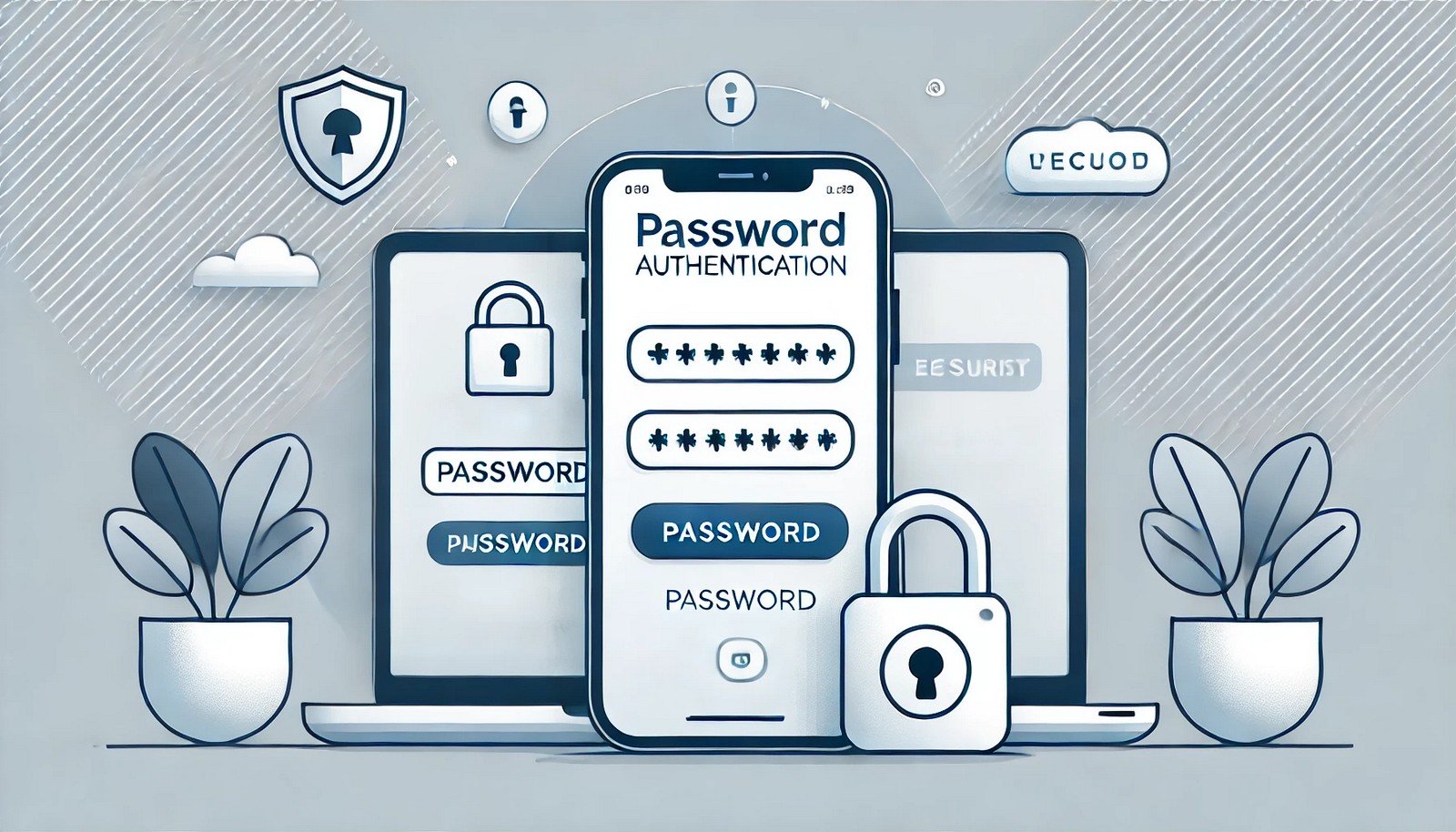Two-Factor Authentication
 (Representational Image | Source: Dall-E)
(Representational Image | Source: Dall-E)
Quick Navigation:
- Two-Factor Authentication Definition
- Two-Factor Authentication Explained Easy
- Two-Factor Authentication Origin
- Two-Factor Authentication Etymology
- Two-Factor Authentication Usage Trends
- Two-Factor Authentication Usage
- Two-Factor Authentication Examples in Context
- Two-Factor Authentication FAQ
- Two-Factor Authentication Related Words
Two-Factor Authentication Definition
Two-Factor Authentication (2FA) is a security process that requires users to provide two different authentication factors to verify their identity. These factors typically fall into three categories: something you know (password), something you have (a phone or hardware token), and something you are (biometrics like fingerprints). 2FA enhances security by making it significantly harder for attackers to gain access to accounts, even if passwords are compromised. It is widely used in online banking, email services, and corporate systems to protect sensitive information.
Two-Factor Authentication Explained Easy
Imagine you have a secret clubhouse with a special lock. You need both a password and a key to get inside. Even if someone knows your password, they can't enter without the key. Two-Factor Authentication works the same way—it asks for two things to make sure it's really you logging in.
Two-Factor Authentication Origin
The concept of multi-factor authentication dates back to the early days of secure computer systems in the 1960s. However, 2FA as we know it today gained prominence in the 2000s with the rise of online services and increasing cyber threats. Major tech companies and financial institutions began adopting it to strengthen user security.
Two-Factor Authentication Etymology
The term "Two-Factor Authentication" comes from "authentication," which means verifying identity, and "two-factor," referring to the need for two distinct verification methods to gain access.
Two-Factor Authentication Usage Trends
In recent years, 2FA has become a standard in cybersecurity due to the increasing number of data breaches and identity theft cases. Tech companies, banks, and social media platforms now encourage or require users to enable 2FA. The adoption of biometric authentication, like facial recognition and fingerprint scanning, has also contributed to its widespread use.
Two-Factor Authentication Usage
- Formal/Technical Tagging:
- Cybersecurity
- Authentication
- Multi-Factor Authentication (MFA) - Typical Collocations:
- "Enable two-factor authentication"
- "2FA security measure"
- "Two-step verification process"
- "Login with two-factor authentication"
Two-Factor Authentication Examples in Context
- Many banks require two-factor authentication by sending a one-time password (OTP) to your phone when logging into your account.
- Google and Apple recommend enabling 2FA to prevent unauthorized access to email accounts.
- Online gaming platforms use two-factor authentication to protect players from account hacking.
Two-Factor Authentication FAQ
- What is Two-Factor Authentication (2FA)?
2FA is a security process that requires users to provide two different authentication factors before accessing an account or system. - How does Two-Factor Authentication work?
It requires two verification steps, such as entering a password and confirming a code sent to a phone or email. - Why is Two-Factor Authentication important?
It enhances security by adding an extra layer of protection against unauthorized access and cyber threats.
Two-Factor Authentication Related Words
- Categories/Topics:
- Cybersecurity
- Authentication
- Identity Protection
Did you know?
In 2011, hackers stole RSA Security’s confidential data related to two-factor authentication tokens, leading to a massive cybersecurity crisis. This breach pushed many organizations to adopt stronger authentication methods and increase security awareness.
PicDictionary.com is an online dictionary in pictures. If you have questions or suggestions, please reach out to us on WhatsApp or Twitter.Authors | Arjun Vishnu | @ArjunAndVishnu

I am Vishnu. I like AI, Linux, Single Board Computers, and Cloud Computing. I create the web & video content, and I also write for popular websites.
My younger brother, Arjun handles image & video editing. Together, we run a YouTube Channel that's focused on reviewing gadgets and explaining technology.



Comments powered by CComment